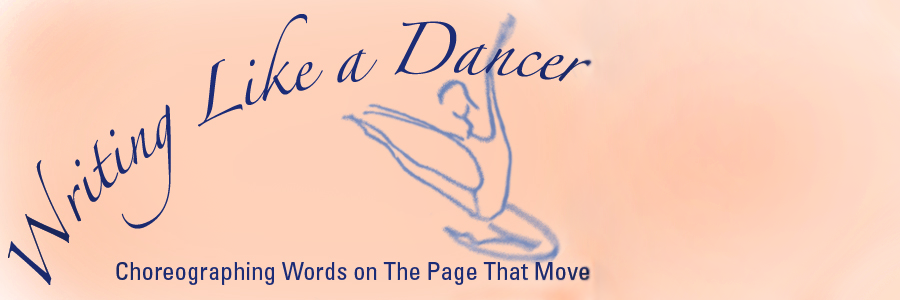Writing Practice and Meeting Up with your MUSE
Writing Leap #58
Hi Writers,
Isn’t it extraordinary how so much in our world can nurture our creative souls? A hill of sun bright orange pumpkins piled up next to haystacks on a farm. A small sculpture of a whimsical horse by Picasso. A warm table setting with crystal sparkling in candlelight next to soft blue napkins.
As writers we can be open to any experience that expands our creative sensibilities and helps us write with a ripe imagination.
For those who are inclined, viewing a work of art is one way to continue developing our instincts as an observer, to own our experience and reinforce our repertoire of emotions. Simply for the feeling of being moved.
Philippe Delaunay, a French art collector and connoisseur, cajoles us to do just that. Enter the world of the artist, he says, and just feel. Without any preconceived notions about style, technique or an artist’s repertoire. He writes:
Is it useless to try and explain a work of art?
Or is a work of art sufficient unto itself? More than ever we are subjected to a flood of literature by art critics and art historians attempting to show us the where and the whys, seeking to interpret what an artist has felt or to reveal what the work “means.”
This makes no sense…..
Let’s let a current work of art live for itself, without filling up the air with artistic explanations that are so often superficial. A work of art must be allowed to breathe freely and defend its own existence just by being. True artists are visionaries. They unconsciously approach that which is invisible and try to make it visible. It is difficult, if not impossible, for anyone other than the artist to affix his own words or sentences to someone else’s vision, without often becoming guilty of misguided or biased interpretations.
Through his own writings the artist himself may explain his creative vision and offer his thoughts in words. Here words and images do become a cohesive whole.
What is important for the observer of a work of art is to approach the work with his whole self without asking questions, without having read or listened to commentaries—and simply let himself be pulled into the world of the artist, bringing about moments of communion, moments of silence.
A work of art speaks for itself and if words are necessary to explain it then it is no longer a work of art.
Translated by Cynthia Magriel Wetzler
***
So writers. Don’t look at the plaques next to the painting for titles and dates. Jump in and find your own experience. Maybe the feeling will inspire a story totally unconnected to the facts of the painting itself.
What do you think? Agree wholeheartedly? Disagree violently? Let me know!
LINKING THE ARTS
Jackson Pollack
I looked at this painting for a long time. Got inside of it. It frightened me. Then I wrote a story about a lost child.
Good word: Uncluttered. As in a pure state of mind open to authentic experience.
No books on artists or art criticism. So you can have your own time with the work of art. Not someone else’s.






